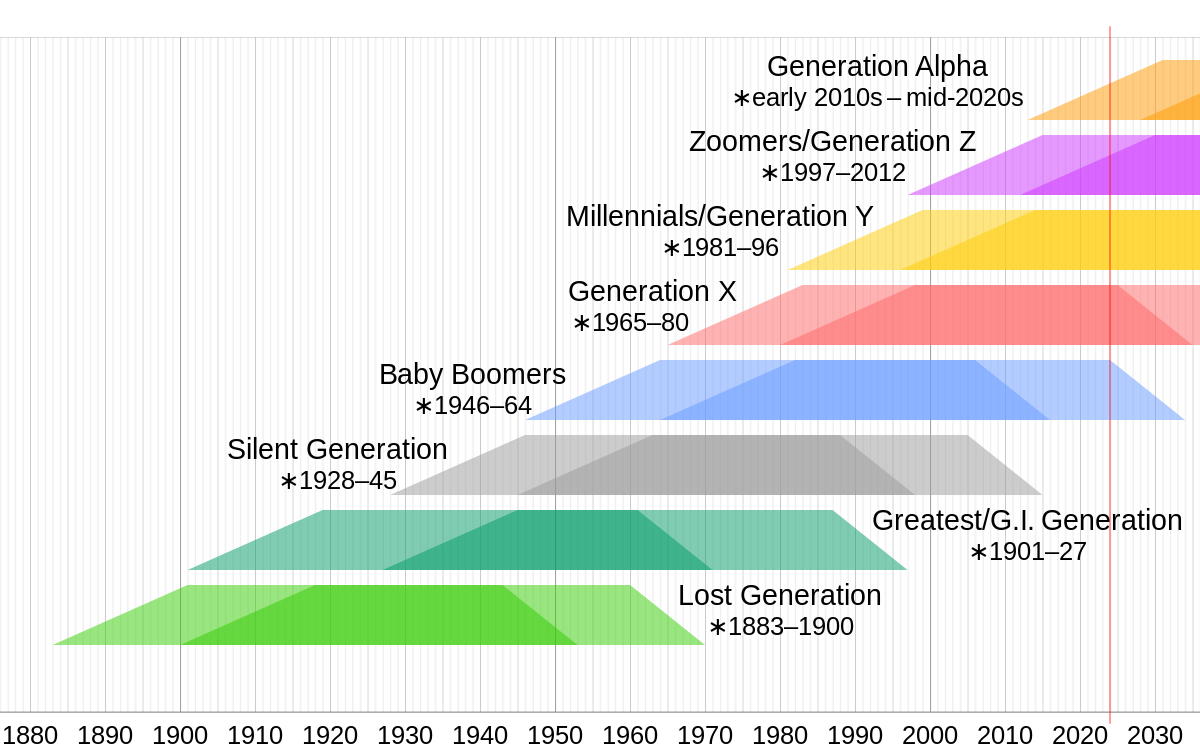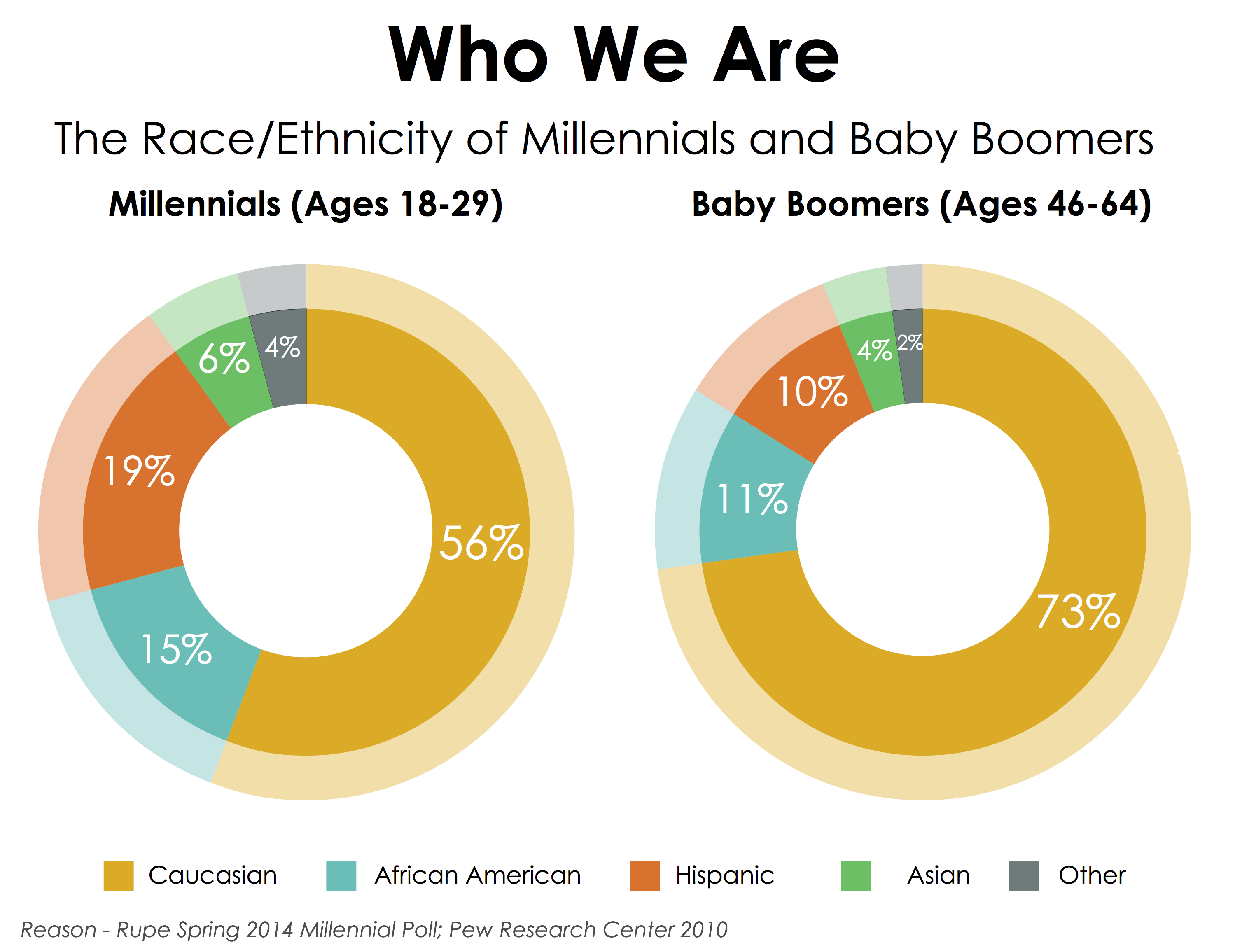

Four themes were generated: online influence, to announce the death, personal benefit and the hypocrisy of online mourning. The interviews were analysed using the thematic analysis framework identified by Braun and Clarke ( 2013). Fourteen young millennials participated in individual semi-structured interviews, specifically questioning their motivations for using social media sites to grieve. An inability to adapt and meet the demands of consumers has led many traditional media companies into decline, but the popularity of services like Netflix and Spotify prove that media consumption has never been higher.Past research has explored social media grief however, the motivations for using a range of social media sites, specifically by young millennials, to grieve death fail to be explored expansively in existing thanatology research. The increasing importance of entertainment and media in the everyday lives of millennials reflects growing possibilities for advertisers and media companies alike. With a huge percentage of people below the age of 50 using social media platforms such as Facebook, Instagram, and Twitter, it’s no surprise that advertisers are eager to take advantage of social media as a way to reach possible customers. Even as adblockers and other advertisement filters become more common online, marketers are finding new ways to reach consumers, especially through the use of social media influencers, who are viewed as honest and knowledgeable unlike many traditional advertisement options. Around 57 percent of Millennials say that online advertising has become more relevant for their wants and needs over the past few years. With all of these changes in consumer preferences, advertising and media companies alike are asking the same question: “How do we get the attention of this new generation of consumer?” Luckily for them, the presence of this generation online allows ads to be more targeted towards specific, likely interested individuals.
#MILLENNIAL AGE RANGE TIMES MAGAZINE TV#
Millennials rate Netflix, Hulu, and Amazon Prime Video among their most indispensable TV networks and video sources, again evidencing the popularity of streaming. They spend an average of around 105 minutes per week watching video content via their smartphone, a possibility which is unavailable via cable TV.


Around 88 percent of Millennials subscribe to a video streaming service while 60 percent subscribe to a music streaming service. Video streaming services offer essentially the same products as many cable TV services, yet by allowing more on-demand, mobile access, streaming services have skyrocketed in popularity. The opposing fortunes of streaming services providers and cable TV companies is a great example of the power of a more advanced media platform.

If the companies in the traditional media industry can find way to deliver their products on a platform with greater support for mobility and on demand access, they may be able to find success among this younger generation of media consumers. The problem doesn’t seem to be the media itself, but rather its accessibility. The generation listens to much less traditional radio than previous generations, but are the largest consumers of online radio in the country. Print magazine readership is low, but young adults tend to be the highest consumers of printed books. The effect of Millennials on traditional forms of media has been somewhat ambiguous.


 0 kommentar(er)
0 kommentar(er)
